3653 results in ebooks in fluid mechanics
References
-
- Book:
- Gravity–Capillary Free-Surface Flows
- Published online:
- 07 September 2010
- Print publication:
- 15 July 2010, pp 308-317
-
- Chapter
- Export citation
4 - Linear free-surface flows generated by moving disturbances
-
- Book:
- Gravity–Capillary Free-Surface Flows
- Published online:
- 07 September 2010
- Print publication:
- 15 July 2010, pp 114-128
-
- Chapter
- Export citation
3 - Free-surface flows that intersect walls
-
- Book:
- Gravity–Capillary Free-Surface Flows
- Published online:
- 07 September 2010
- Print publication:
- 15 July 2010, pp 31-113
-
- Chapter
- Export citation
Preface
-
- Book:
- Gravity–Capillary Free-Surface Flows
- Published online:
- 07 September 2010
- Print publication:
- 15 July 2010, pp xi-xii
-
- Chapter
- Export citation
5 - Nonlinear waves – asymptotic solutions
-
- Book:
- Gravity–Capillary Free-Surface Flows
- Published online:
- 07 September 2010
- Print publication:
- 15 July 2010, pp 129-147
-
- Chapter
- Export citation
8 - Free-surface flows with waves and intersections with rigid walls
-
- Book:
- Gravity–Capillary Free-Surface Flows
- Published online:
- 07 September 2010
- Print publication:
- 15 July 2010, pp 210-243
-
- Chapter
- Export citation
Index
-
- Book:
- Gravity–Capillary Free-Surface Flows
- Published online:
- 07 September 2010
- Print publication:
- 15 July 2010, pp 318-318
-
- Chapter
- Export citation
Frontmatter
-
- Book:
- Gravity–Capillary Free-Surface Flows
- Published online:
- 07 September 2010
- Print publication:
- 15 July 2010, pp i-vi
-
- Chapter
- Export citation
7 - Nonlinear free-surface flows generated by moving disturbances
-
- Book:
- Gravity–Capillary Free-Surface Flows
- Published online:
- 07 September 2010
- Print publication:
- 15 July 2010, pp 191-209
-
- Chapter
- Export citation
1 - Introduction
-
- Book:
- Gravity–Capillary Free-Surface Flows
- Published online:
- 07 September 2010
- Print publication:
- 15 July 2010, pp 1-6
-
- Chapter
- Export citation
2 - Basic concepts
-
- Book:
- Gravity–Capillary Free-Surface Flows
- Published online:
- 07 September 2010
- Print publication:
- 15 July 2010, pp 7-30
-
- Chapter
- Export citation
11 - Time-dependent free-surface flows
-
- Book:
- Gravity–Capillary Free-Surface Flows
- Published online:
- 07 September 2010
- Print publication:
- 15 July 2010, pp 301-307
-
- Chapter
- Export citation
9 - Waves with constant vorticity
-
- Book:
- Gravity–Capillary Free-Surface Flows
- Published online:
- 07 September 2010
- Print publication:
- 15 July 2010, pp 244-277
-
- Chapter
- Export citation
10 - Three-dimensional free-surface flows
-
- Book:
- Gravity–Capillary Free-Surface Flows
- Published online:
- 07 September 2010
- Print publication:
- 15 July 2010, pp 278-300
-
- Chapter
- Export citation
6 - Numerical computations of nonlinear water waves
-
- Book:
- Gravity–Capillary Free-Surface Flows
- Published online:
- 07 September 2010
- Print publication:
- 15 July 2010, pp 148-190
-
- Chapter
- Export citation
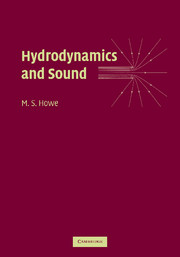
Hydrodynamics and Sound
-
- Published online:
- 06 July 2010
- Print publication:
- 23 October 2006
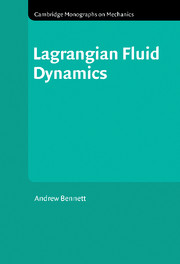
Lagrangian Fluid Dynamics
-
- Published online:
- 06 July 2010
- Print publication:
- 09 March 2006
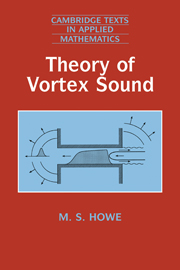
Theory of Vortex Sound
-
- Published online:
- 06 July 2010
- Print publication:
- 17 October 2002
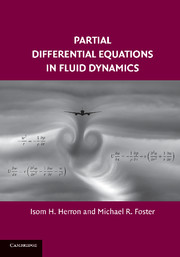
Partial Differential Equations in Fluid Dynamics
-
- Published online:
- 06 July 2010
- Print publication:
- 28 July 2008
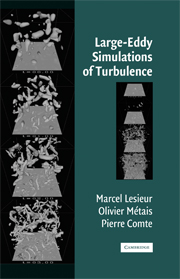
Large-Eddy Simulations of Turbulence
-
- Published online:
- 06 July 2010
- Print publication:
- 22 August 2005
